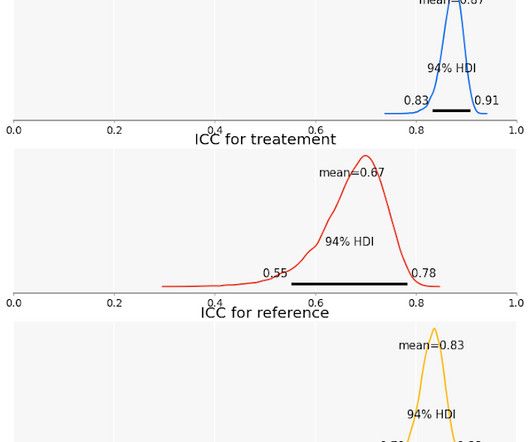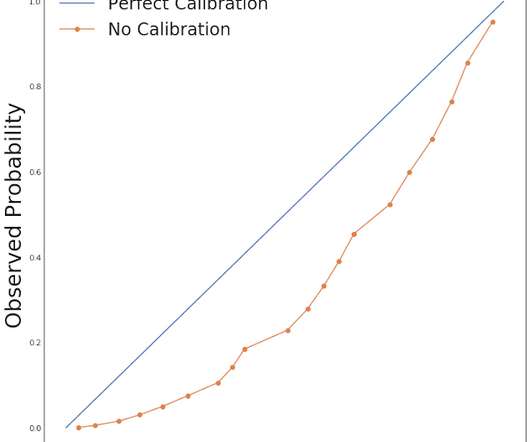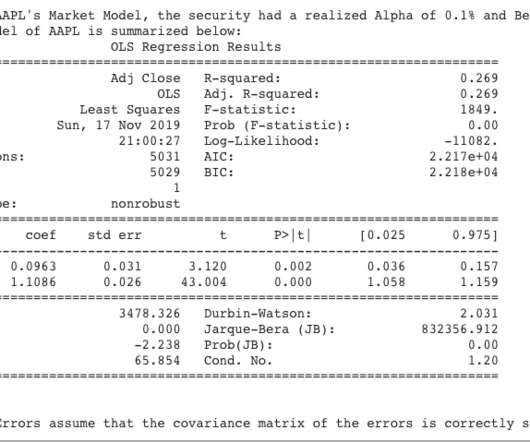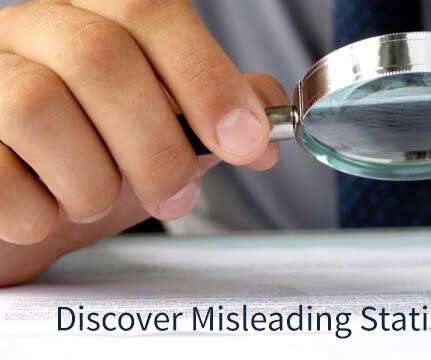The Lean Analytics Cycle: Metrics > Hypothesis > Experiment > Act
Occam's Razor
APRIL 8, 2013
Sometimes, we escape the clutches of this sub optimal existence and do pick good metrics or engage in simple A/B testing. First, you figure out what you want to improve; then you create an experiment; then you run the experiment; then you measure the results and decide what to do. Testing out a new feature. Form a hypothesis.

















Let's personalize your content